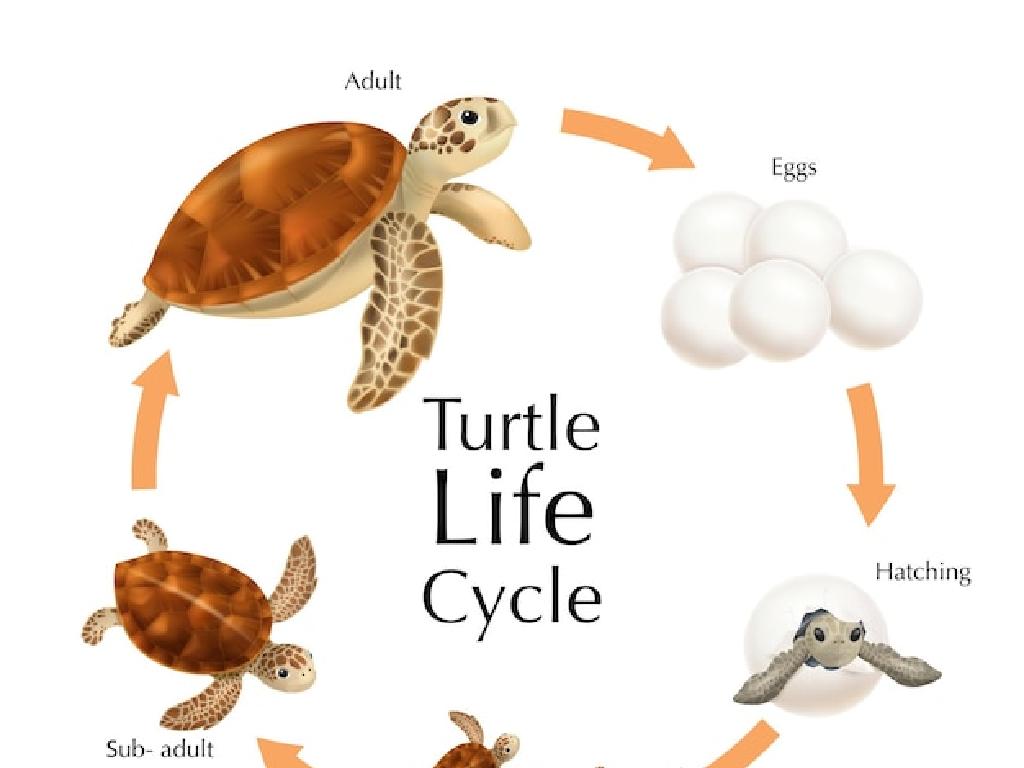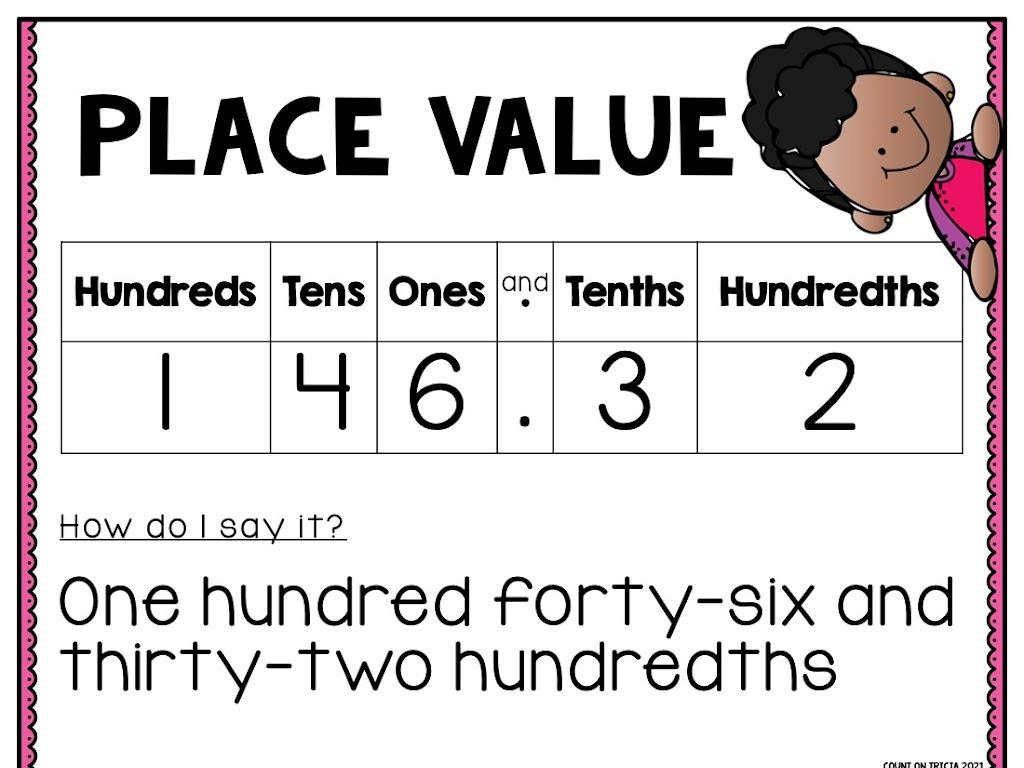Pre-Contact Native Peoples: Introduction
Subject: Social studies
Grade: Eighth grade
Topic: Pre-Contact America
Please LOG IN to download the presentation. Access is available to registered users only.
View More Content
Exploring Pre-contact Native Peoples
– Discovering Pre-contact America
– Learn about societies before European contact
– Defining ‘Pre-contact’
– ‘Pre-contact’ refers to the period before Europeans arrived
– Significance of Native history
– Studying their history helps us respect their cultures and contributions
– Diversity of Native cultures
– Hundreds of tribes, each with unique traditions and ways of life
|
This slide introduces students to the concept of Pre-contact America, a time before the arrival of Europeans. It’s crucial to convey the diversity and richness of the Native Peoples’ cultures, societies, and contributions to history. Emphasize that ‘Pre-contact’ means the period before Columbus’s voyage in 1492, which is a pivotal point in history. Understanding Native American history is essential for recognizing the depth of their heritage and the impact of their civilizations on what is now known as the Americas. Highlight the variety among tribes, including differences in language, religion, and social structure, to showcase the complexity of their world. Encourage students to think critically about the narratives they’ve learned and to appreciate the indigenous perspective.
Who Were the Native Peoples?
– Definition of ‘Native Peoples’
– Indigenous inhabitants of the Americas before European contact
– Diversity among tribes
– Each tribe had unique customs, languages, and social structures
– Regional tribal variety
– Tribes adapted to environments from forests to deserts
– Oral tradition significance
– Stories passed down generations to preserve history and culture
|
This slide aims to introduce students to the concept of ‘Native Peoples’ as the various indigenous groups that lived in the Americas before European contact. Emphasize the rich diversity among these groups, with each tribe having its own distinct culture, language, and social organization. Highlight how tribes were spread across different regions, adapting to their local environments, from dense forests to arid deserts. Discuss the crucial role of oral tradition and storytelling in maintaining the history, culture, and knowledge of these peoples, as written records were not commonly used. Encourage students to consider the value of oral histories and how they contribute to our understanding of pre-contact America.
Daily Life Before Contact
– Varieties of Indigenous housing
– Dwellings like teepees, longhouses, and pueblos adapted to environment
– Food sources: farming and foraging
– Relied on agriculture, hunting, and gathering for sustenance
– Tribal social structures
– Hierarchies and roles defined by traditions and needs
– Roles and responsibilities
|
This slide aims to give students a glimpse into the diverse and rich cultures of Native Peoples before European contact. Emphasize the adaptability and resourcefulness of these communities, with housing that varied from region to region, such as teepees on the plains, longhouses in the forests, and pueblos in the desert. Highlight the importance of agriculture, hunting, and gathering in providing a varied diet. Discuss the complex social structures that existed, with clear roles and responsibilities that contributed to the well-being of the tribe. Encourage students to reflect on how these societies were self-sustaining and how their social structures might compare to our own.
Cultural Achievements of Pre-contact Native Peoples
– Art forms: Totems, pottery, beadwork
– Totems tell stories, pottery for daily use, beadwork for decoration and trade
– Agricultural innovation: Three Sisters
– Corn, beans, squash grown together for mutual benefits
– Engineering feats: Irrigation systems
– Complex networks to manage water in arid regions
– Spirituality: Nature and spirit world
– Beliefs in natural elements and ancestral spirits
|
This slide highlights the rich cultural achievements of Native American societies before European contact. Art was not only for aesthetic purposes but also held significant cultural symbolism. Totems, for instance, were emblematic of family lineage and important stories. Pottery and beadwork were both practical and artistic. The ‘Three Sisters’ agricultural method demonstrates sophisticated ecological understanding by growing corn, beans, and squash together, which provided a balanced diet and supported sustainable farming practices. Engineering skills are evident in the irrigation systems that allowed for agriculture in challenging environments. Spirituality was deeply intertwined with the natural world, with a strong belief in the interconnectedness of all living things and reverence for the spirit world. Encourage students to reflect on how these achievements show a deep understanding of the environment and community needs.
Tribal Nations and Territories
– Land and territory concepts
– Land was more than property; it was part of life and culture.
– Major tribal nations’ locations
– Explore the regions of the Iroquois, Sioux, and Navajo among others.
– Intertribal trade and relations
– Tribes traded goods, ideas, and formed alliances.
– Significance of territories
– Territories defined resource use and social ties.
|
This slide introduces students to the complex social structures and cultural significance of land to pre-contact Native American tribes. Emphasize that land was not just a possession but integral to the tribes’ way of life, spirituality, and survival. Highlight the major tribal nations, such as the Iroquois in the Northeast, the Sioux in the Great Plains, and the Navajo in the Southwest, and discuss their distinct geographical locations. Explain how trade routes and relationships between tribes facilitated cultural exchange and political alliances, and how territories were crucial for the management of resources and maintaining social bonds. Encourage students to think about how these concepts compare to modern views of land and property.
Challenges Faced by Pre-contact Native Peoples
– Natural challenges faced
– Climate, terrain, and resource availability varied greatly.
– Inter-tribal dynamics
– Conflicts arose but also led to resolutions and alliances.
– Preserving culture
– Maintaining traditions and identity was crucial.
– Resilience and adaptation
– Adapted to challenges, showing resourcefulness and ingenuity.
|
This slide aims to highlight the various challenges that Native Peoples faced before European contact. Emphasize the diversity of natural environments across North America, which shaped the lifestyles and practices of different tribes. Discuss how inter-tribal conflicts could lead to both strife and cooperation, influencing political and social structures. Highlight the importance of cultural preservation amidst these challenges, as maintaining language, customs, and beliefs was central to community identity. Lastly, point out the resilience and adaptability of these communities, which allowed them to thrive despite the challenges. Encourage students to consider how these factors might compare to challenges faced by societies today.
Class Activity: Living History
– Role-play different tribal roles
– Discuss daily life in tribes
– Imagine tasks, social structures, and challenges
– Draw or write a tribal story
– Use creativity to depict pre-contact life
– Share creations with the class
|
This activity is designed to immerse students in the world of pre-contact Native American tribes. By role-playing, students will gain a deeper understanding of the social roles and structures within different tribes. Encourage them to research and bring authenticity to their roles. During the group discussion, guide them to consider aspects of daily life such as food, shelter, and community relations. For the creative expression, provide art supplies or writing materials and allow them to choose their preferred medium. After completing their projects, create a gallery walk or story-sharing circle to foster a sense of community and shared learning. Possible roles include hunters, gatherers, tribal leaders, healers, and artisans. This activity will help students appreciate the diversity and complexity of pre-contact Native societies.






